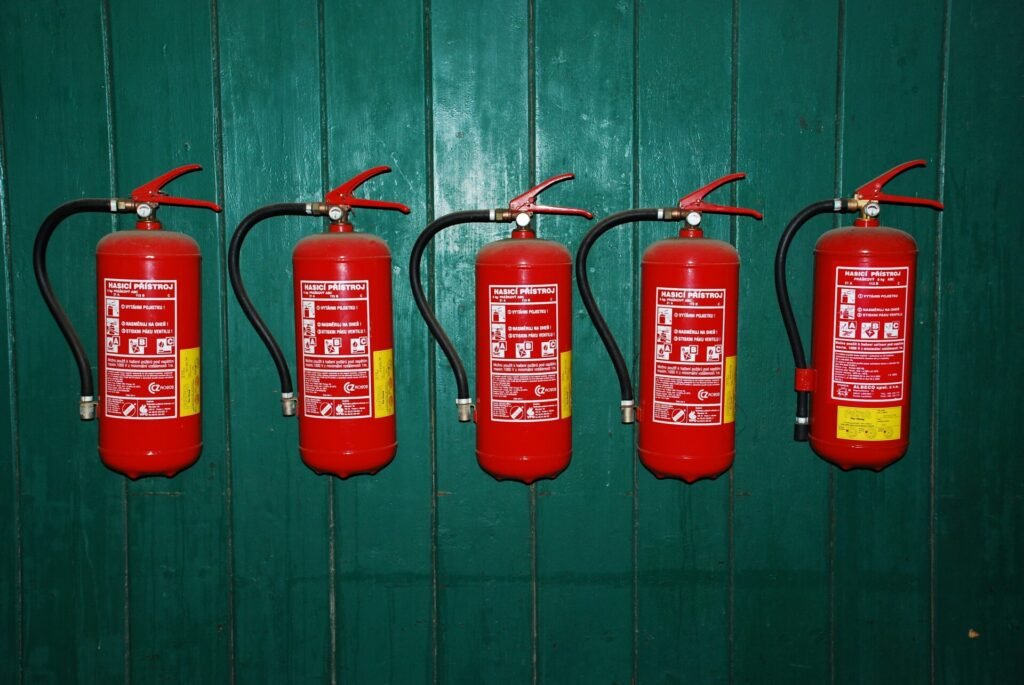Call Us
FCRA Registration
041910504

At Drishti Foundation Trust, we believe that risk management is not just a compliance requirement it is an essential part of our strategy to protect our mission, people, resources, and reputation. With more than a decade of service in India, and with the privilege of holding Special Consultative Status with the United Nations Economic and Social Council (ECOSOC) since 2017 and accreditation from the United Nations Environment Programme (UNEP), we operate with the highest levels of accountability, foresight, and responsibility.
Our organization is engaged in a wide spectrum of activities, including research & development, higher education, river rejuvenation, ocean cleaning, water conservation, pond cleaning, tree plantation & maintenance, wildlife protection, disaster management, and ecosystem & biodiversity restoration. These activities often take us into challenging environments and involve collaboration with multiple stakeholders, making risk identification and mitigation critical to our success.
The primary goal of our Risk Management Policy is to ensure that risks are identified early, assessed objectively, mitigated effectively, and monitored continuously. This approach safeguards our operations and helps us achieve sustainable outcomes for the communities and ecosystems we serve.
We recognize that risk is an inherent part of any impactful work—especially in environmental conservation, disaster relief, and large-scale community projects. By proactively managing risks, we:
This policy applies to all aspects of our work, including:
Our approach to risk management is based on the following guiding principles:
We follow a structured five-step process to manage risks effectively:
We conduct regular reviews of our projects, operations, and partnerships to identify potential threats. Examples include:
Once identified, risks are analyzed for their likelihood and impact. We categorize them as:
We develop strategies to reduce, transfer, or eliminate the risk. Mitigation examples:
Risks are not static—they evolve over time. We track them regularly through project updates, audits, and feedback from field teams.
Significant risks are documented and reported to the Board of Trustees and relevant funding partners. This ensures decision-makers have the information they need for corrective action.
Mitigation: We cross-train staff, maintain contingency stock, and establish strong relationships with local suppliers.
Mitigation: We maintain a reserve fund, diversify funding sources, and conduct regular financial audits.
Mitigation: We incorporate climate adaptation strategies, use early-warning systems, and collaborate with disaster management authorities.
Mitigation: We maintain compliance expertise, backup technical systems, and clear partnership agreements.
Mitigation: We ensure continuous legal compliance through expert legal counsel and staff training.
Mitigation: We maintain clear communication, engage in community dialogue, and monitor media channels actively.
Given our fieldwork often involves physically demanding and sometimes hazardous activities, we prioritize health and safety through:
When responding to natural disasters such as floods, earthquakes, or cyclones, risks can escalate rapidly. We mitigate these by:
As a modern NGO, we rely on technology for communications, data storage, and financial transactions. We manage digital risks by:
Our donors trust us to use their contributions responsibly. To protect that trust:
We often work with local NGOs, research institutions, and government agencies. Partnership risks are mitigated by:
Given our core mission areas, environmental changes are both a challenge and a focus of our work. We reduce environmental risks by:
We understand that risk management is an ongoing process, not a one-time exercise. We continuously improve our practices through:
This Risk Management Policy is reviewed annually or sooner if:
If you have identified a risk or have concerns regarding our risk management processes, please contact:
Drishti Foundation Trust
G-502,Merlin Sparsh, Narol-Aslali Highway,Narol,Ahmedabad-382405
Email: info@drishtifoundation.org
Website: www.drishtifoundation.org
At Drishti Foundation Trust, risk management is woven into the fabric of our work. Whether we are planting a tree, cleaning a river, protecting endangered species, or responding to a disaster, we do so with careful planning and preparedness. This proactive approach not only protects our people and resources but also ensures that every effort we make contributes to a sustainable, resilient, and thriving future for India and the planet.
“Reach out to explore collaborations, discover our initiatives, and contribute to creating meaningful, lasting change.”
Facebook: https://www.facebook.com/DrishtiFoundationTrust/
Instagram : https://www.instagram.com/drishtifoundation
Youtube : https://www.youtube.com/drishtifoundationtrust
Linkedin : https://www.linkedin.com/company/drishtifoundationtrust
Twitter : https://www.twitter.com/dftindia